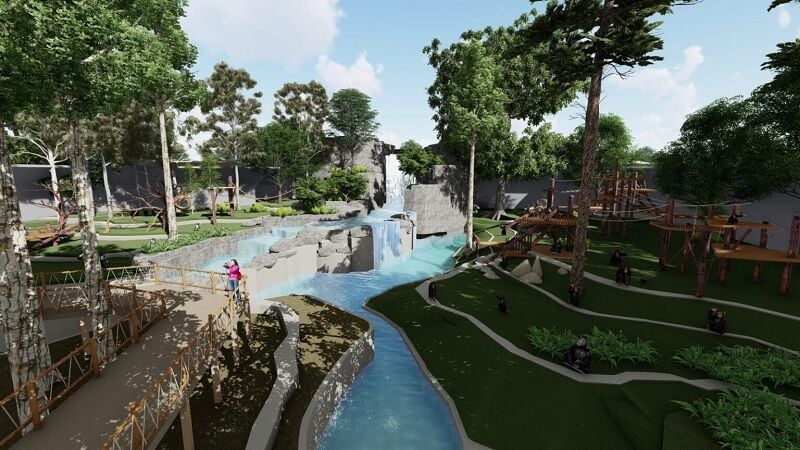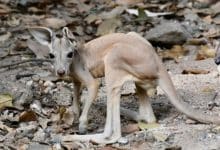King donates 300-rai for new sustainable zoo in Pathum Thani

His Majesty King Maha Vajiralongkorn Phra Vajiraklaochaoyuhua has donated a 300-rai plot in the Rangsit Khlong Hok area of Pathum Thani’s Thanya Buri district for a new zoo. This new facility will replace the 80 year old Dusit Zoo in Bangkok, which closed in 2018.
Attapon Srihayrun, Director of the Zoological Park Organization of Thailand, highlighted that the new zoo will be three times larger and provide a more natural environment for animals, with ample green and safe spaces.
The design of the zoo emphasises respect for all creatures, positioning visitors as observers and the animals as the true owners of the space. Attapon stressed the importance of this approach, noting that visitors should enjoy the zoo while minimising their disturbance to the animals.
The global perspective on zoo management is evolving with an increased focus on animal welfare. Confining animals to cages for human entertainment is now seen as outdated.
Attapon confirmed that the new zoo is being constructed with sustainability at its core, incorporating features like a wild animal exhibition where various species coexist in a shared habitat known as a bio-park. This exhibition will showcase the harmonious living of elephants, deer, Thai cranes, and red-shanked douc langurs.
The zoo’s layout allocates 47% of the land to a territories zone where diverse animal species will live together virtually. Another 23% is dedicated to a bio-park zone, and 7% will consist of enclosures and cages.
Approximately 240 rai, or 70% of the land, is devoted to the animal living zone. This zone will feature animals from Asia, Africa, South America, and Australia, with iconic species from each continent.
Central to the zoo will be a pond, designed to connect all areas under the theme of wetland revival. The pond will span about 4 kilometres, and a visit is expected to take around two hours.
Attapon pointed out that Thung Rangsit, the location of the new zoo, was historically a wetland. The zoo aims to educate visitors about this history and its association with water.
Additionally, the design incorporates theories on sustainable development and harmony with nature, inspired by His Majesty King Bhumibol Adulyadej The Great. The government has approved 1 billion baht to kickstart the 9-billion-baht project, funding essential infrastructure, including the construction of a 30-rai public park in front of the zoo.
Royal duties
A 2,288-square-metre building within the zoo will highlight the royal duties and projects of His Majesty King Bhumibol Adulyadej The Great and His Majesty King Maha Vajiralongkorn Phra Vajiraklaochaoyuhua.
The zoo will also feature a main hall for welcoming tourists, restaurants, and kiosks. To ensure sustainability, a renewable energy and water-recycling system will be implemented, reducing carbon emissions from zoo activities.
Attapon acknowledged the challenge of developing the zoo from previously bare land, originally rice paddy fields. However, he expressed confidence that once completed, the zoo will serve as a role model for other zoos and a landmark for wildlife education, attracting both local and international visitors.
The zoo is projected to break even in 25 years. Attapon emphasised the long-term benefits of human resources development, inspiring the younger generation to live harmoniously with nature and fostering a sense of wildlife protection and conservation.
The zoo will also benefit nearby communities, allowing locals to sell fresh crops and vegetables at the zoo’s market fairs. The Zoological Park Organisation of Thailand anticipates the new zoo will attract around 1.5-2 million visitors annually.
The first phase of the animal exhibition zone is slated to open in 2025, with a full-scale opening planned for 2028. The project is expected to be completed by 2027 and will house 800 animals from 200 species, half of which will be sourced from other zoos nationwide, reported Bangkok Post.
Latest Thailand News
Follow The Thaiger on Google News:


























